issaquah foot and ankle
Displaying items by tag: issaquah foot and ankle
Dr Timothy Young, a Board Certified Foot Surgeon, Talks About Supartz (Synthetic Joint Lubricant)
Dr. Timothy Young has used this treatment for arthritis in the foot and ankle for over 10 years. This has been one the most effective nonsurgical options that we have. Supartz is synthetic joint lubricant Sodium Hyaluronate, and this is very joint and cartilage protective.
On the other hand, another common injection used by many clinics is cortisone. Cortisone can be very damaging to joints and cartilage especially with repetitive use. It can weaken the joint capsule and cartilage and over time accelerate the degenerative process. Supartz does not have these degenerative properties in fact quite the opposite, it is very protective.
Applications: Arthritis of the great toe joint is one the most common applications. But arthritis and joint pain from the ankle is another common treatment site along with other joints in the forefoot and midfoot. '
Duration: We have found that Supartz injections can provide relief and last between 6 and 12 months.
The local anesthetic is utilized initially so that there is no pain during the Supartz injection itself. Also during the Supartz injection Dr. Young utilizes ultrasound imaging to pinpoint the location and make certain that the Supartz goes directly into the joint as intended.
For a live video showing Dr. young doing a Supartz injection for great toe arthritis see youtube: https://www.youtube.com/watch?v=kZ9Rc6B8Fqc (Search: BestFootDoc Supartz YouTube)
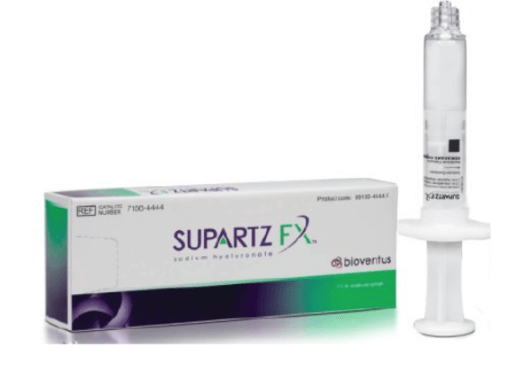
If you are experiencing foot or ankle pain, give us a call today at 425-391-8666 or make an appointment online.
What Does Shockwave/EPAT Do?

What does shockwave/EPAT do?
We use shockwave for various conditions. For example, with plantar fasciitis the plantar fascia does not have great blood supply. So, with plantar fasciitis, shockwave is extremely effective. The body thinks it is being traumatized and this in turn stimulates additional blood flow to help the plantar fasciitis resolve. The shockwave treatment also stimulates the release of local healing factors that your body has available but aren't normally released or readily available . For example, these healing factors would be released during an injury. So again, this shockwave treatment simulates an injury but it's not creating any real trauma (just fooling the body) .
Over time, shockwave helps allow for long-term healing of the tissues, rather than just masking the problem.
If you are experiencing heel pain, give us a call at 425-391-8666 or make an appointment online today.
Dr Brandon Nelson, A Board-Certified Physician and Surgeon, Discusses Options to Treat Neuromas
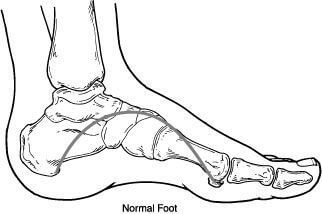
Neuromas of the foot are common in woman between the ages of 40-60. The typical neuroma will present with pain, burning and tingling to the forefoot. Most people state the pain feels better without shoes and rubbing one’s foot can help. There does not need to be a history or trauma or even previous foot pain to have a neuroma.
The neuroma itself is usually located in the 3rd interspace of the foot. This is between the 3rd and 4th toe and can be either right or left foot and rarely both feet. The reason this is the most common spot is the fact two nerves come together in this location. Often this creates an entrapment as this location can have limited space.
Treatment options for neuromas range from stretching and icing to injections and orthotics. Rarely now is surgery required as the conservative measures are so successful. I typically employ a prescription orthotic in conjunction with a series of alcohol injections. I have developed a protocol over years of treating thousand of patients and this has proved so successful that I rarely find surgery needed. I even see quite a few patients that have seen multiple other providers. If you want to avoid surgery and have a neuroma I can help. I look forward to getting you back on the road to recovery, Dr. Brandon Nelson, Board Certified Physician and Surgeon.
Give us a call at 425-391-8666 or make an appointment online today.
Dr Brandon Nelson, A Board-Certified Physician and Surgeon, Discusses Ball of Foot Pain

Ball of foot pain usually refers to pain in one’s feet right before or near where the toes start. This is a common area to experience pain and can be attributed to quite a few pathologies. Typically, we see certain foot structures that are associated with ball of foot pain, and these include high arched feet or a foot with a bunion deformity. These foot types can develop to two most common forefoot pathologies which are capsulitis or neuritis.
Capsulitis or metatarsalgia can create pain in the ball of one’s foot especially with activities. Most people that have capsulitis will see some swelling and sharp or a bruised type of sensation. It appears to be most common in the 2nd metatarsal and has a slow progression to worsening symptoms. Shoe gear usually makes it feel better and often there is some instability in the foot itself.
Neuritis or neuromas are often isolated to the 3rd interspace of the foot. We usually see this more often in females as opposed to males. Typically, it will be a burning or tingling type feeling. Shoes often exasperate the symptoms and foot structure does not usually have much of an influence on this pathology.
There are many different techniques to diagnosis and treat capsulitis, metatarsalgia or neuromas. It is important to obtain and x-ray and a thorough evaluation of the foot itself. There are a few instances where more advanced imaging like an MRI can provide some value. Treatment for either pathology is conservative in most cases and has a high resolution rate.
If you are suffering from ball of foot pain, make an appointment today and I will help you get back on your feet! 425-391-8666
Dr Brandon Nelson, A Board-Certified Physician and Surgeon, Discusses How to Get The Best Bunion Surgery

Bunion surgery can be overwhelming to think about, really any surgery can. In general, I see a few patients a day with questions about their bunions and about bunion surgery. I believe the process can be simplified when the surgeon you see has both experience and timelines to help you understand the entire process.
Most bunion surgeries can be done in an outpatient setting. At my office office, we are lucky enough to have an onsite surgery center which is both a huge cost and time savings. It also allows me to operate on more bunions and has provided me with a well of experience. It is important to understand that experience and the number of bunions a surgeon sees makes a dramatic difference.
Most bunion surgeons do two types of procedures one in the head of the 1st metatarsal and one in the base. The 1st metatarsal is the bone with the bunion deformity. The head procedures allow patients to walk right after surgery and is used for small to medium bunions. The base procedures usually require about 3-4 weeks of non-weight bearing. This procedure is usually for pediatrics or larger bunions. Both can provide excellent correction when used appropriately.
If you are thinking about bunion surgery come see me and I can be of some help with the process. Give us a call at 425-391-8666 or make an appointment online today.
Dr. Timothy Young, a Board-Certified Surgeon Talks About Finding the Best Foot Surgeon to Treat Your Bunions

Bunion surgery is something not to take lightly. Bunions can be very painful, and they can be hard to treat. This is a structural problem with the first metatarsal and related joints. It is a condition that is often genetic and at the foot type that is prone to bunions is inherited. So, some individuals will have bunions at a very early age, and we call this a juvenile onset bunion. These tend to progress much quicker than those that develop later in life. Again, it's common to have other family members with bunions because of the common foot structure that is prone to this.
Dr Brandon Nelson, A Board Certified Physician and Surgeon, Discusses Achilles Tendonitis
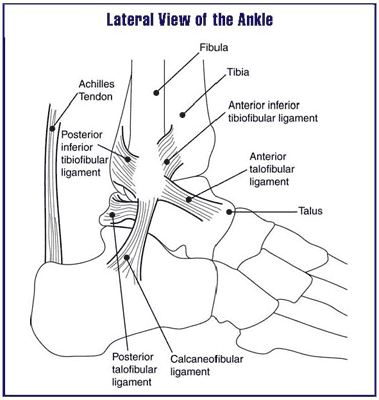
The Achilles tendon is the primary tendon utilized in gait. Meaning that every step, every jump, every run you take you puts mechanical pressure on it. This can result in a lot of wear and tear on this tendon. This can begin to manifest as some pain and even swelling in the Achilles. The irritation usually begins where it attaches to the foot or a few inches above the ankle. Most people that experience Achilles’ tendon pain will be avid exercises. Additionally, it seems to be men rather than woman and between the ages of 40-60.
Evaluating the condition of the tendon before treatment is important. A thorough exam by a physician is essential. There are a lot of factors that play a role in Achilles’ tendonitis and these need to be addressed. These range from foot structure, to training errors to tight muscles. An x-ray or even and MRI may need to be part of the evaluation process. Once the deforming forces and anatomical issues are identified a recovery program can begin.
I encourage anybody with Achilles’ tendon pain to seek help from a physician. This tendon is known to often take months before returning to a normal state. While it is inflamed you run the risk of rupturing the tendon. If the tendon ruptures surgery is required and it can take 6-12 months to completely heal from that scenario.
Give us a call at 425-391-8666 or make an appointment online today.
Dr Brandon Nelson, A Board-Certified Surgeon and Physician, Discusses Hammertoes
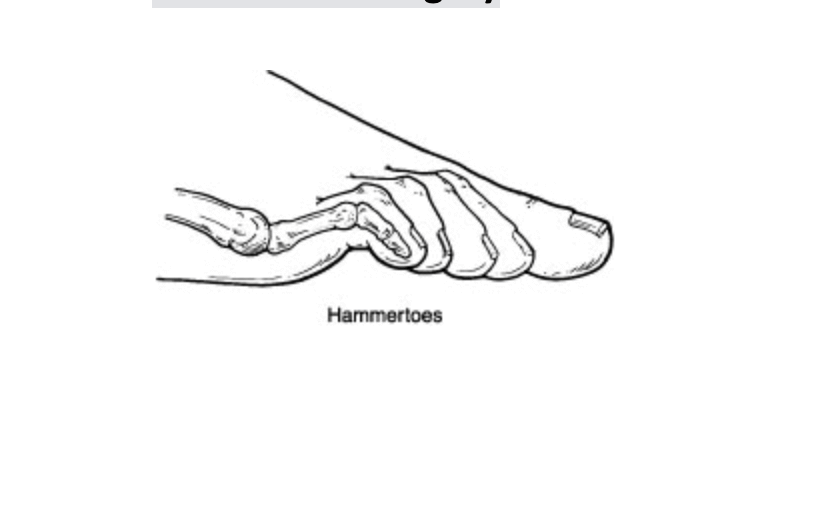
Hammertoes are when your digits on your feet begin to curl. Typically, this is seen with a flat foot or a bunion deformity. However, they can occur in isolation or because of trauma. The deformity itself is usually progressive and can become increasing painful and more severe.
Conservative measures, there are very few available for hammer toes. Some people may find a change in shoe gear can provide some relief. Others will try pads and splints to cushion the toes are create some space. I have never seen these provide long term solutions are change in the hammer toe itself.
Surgical repair continues to be the only long-term solution. Surgery for a hammer toe is relatively straight forward and can provide excellent correction. It is important to consider other underlying factors or pathologies that are contributing to the toes position. I recommend having these addressed at the same time.
If you have some painful digits, we can help.
Give us a call at 425-391-8666 or make an appointment online today today.
Dr Brandon Nelson, A Board Certified Physician and Surgeon, Discusses the Best Long Term Treatment for Plantar Fasciitis
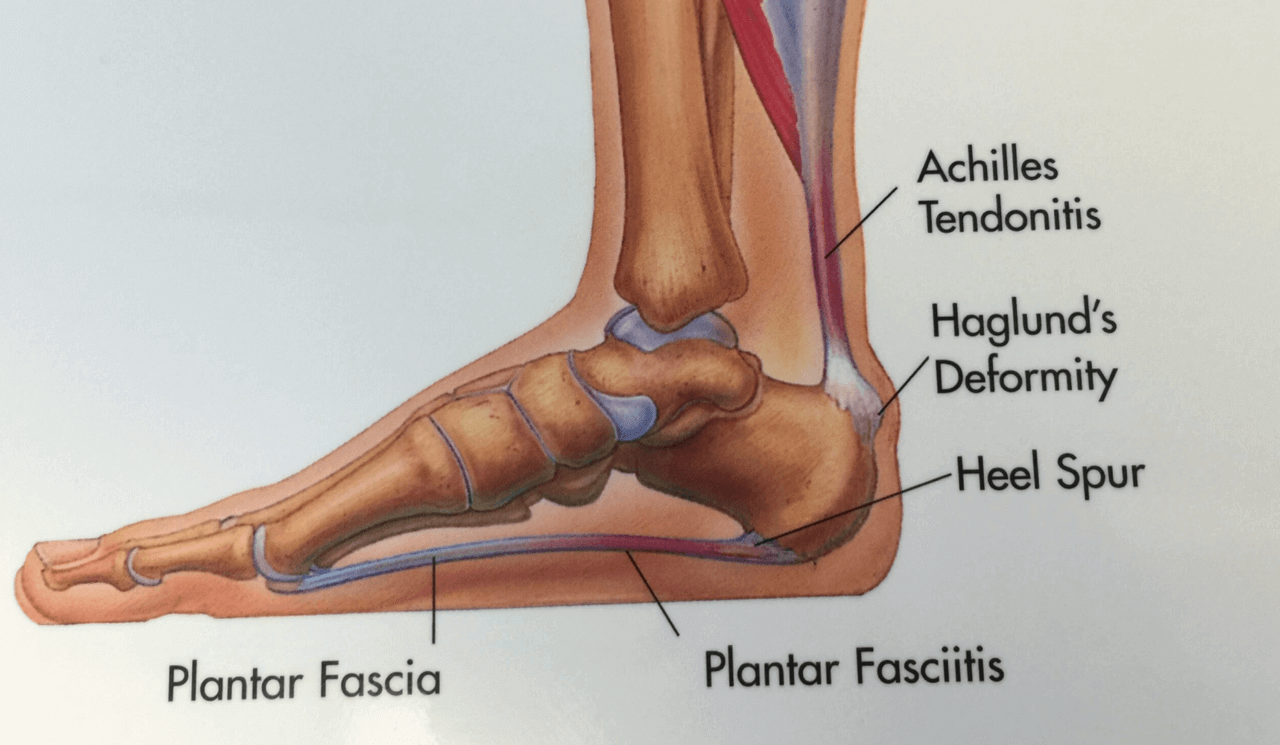
Plantar fasciitis continues to be the most common source of heel pain. The majority of our heel pain patients are still presenting with fasciitis. Patients usually feel pain in the morning or after sitting for a short period of time. The symptoms can range from burning and tingling in the heel to a bruised like sensation when walking. There does not need to be any history of trauma or even an increase in exercise. The major causes continue to be anatomical and foot structure related.
I can tell you I have been treating plantar fasciitis now for almost 15 years. I would say a conservative estimate is probably close to 10,000 patients that I have treated for heel pain. I have learned a lot with this time and quantity. I continue to read and learn and study each patient. This has provided me with a unique perspective. I would say I am probably one of the foremost experts on heel pain.
The best long-term treatment to date that I have discovered is utilizing one’s own biology to heel the plantar fasciitis. This condition is created when the fascia is overworked and needs to be strengthened structurally and functionally. The technique I utilize is unique to my practice and has taken years to perfect. Basically I harness a patient’s natural ability to heal and utilize that to repair the fascia. There is no down time, and the success rate is close to 97%. If you suffer from fasciitis make an appointment today and I will help.
Give us a call at 425-391-8666 or make an appointment online today.
Dr Brandon Nelson, a Board Certified Physician and Surgeon, Discusses Numbness and Tingling of the Foot

Burning pain in the feet can be quite common for diabetics or people with what is called neuropathy. This is a condition that occurs when our nerves have some dysfunction. There are quite a few causes of neuropathy but the most common is diabetes. Diabetes can result in high levels of sugar in our blood that then causes irritation or damage to our nerves. The nerves involved are usually the nerves in our hands or feet, the peripheral parts of our body, hence the term peripheral neuropathy.
Tingling is another sign or peripheral neuropathy. Often times it feels similar to hitting your funny bone and can progress as time goes on. I recommend anybody with these symptoms should be evaluated and tested for nerve problems. A test I often order is called EMG/NCVs. These test will allow one to see if the numbness or tingling is coming from your nerves.
Treatment can usually begin right away and have dramatic effects. I like to use an FDA approved laser, that has zero side effects, in combination with a nerve supplement and infra-red light. I have had patients experience 80-90% improvement in symptoms. If you are suffering from neuropathy, fibromyalgia or burning and tingling in the feet we can help.
Give us a call today at 425-391-8666 or make an appointment online.



